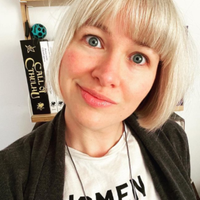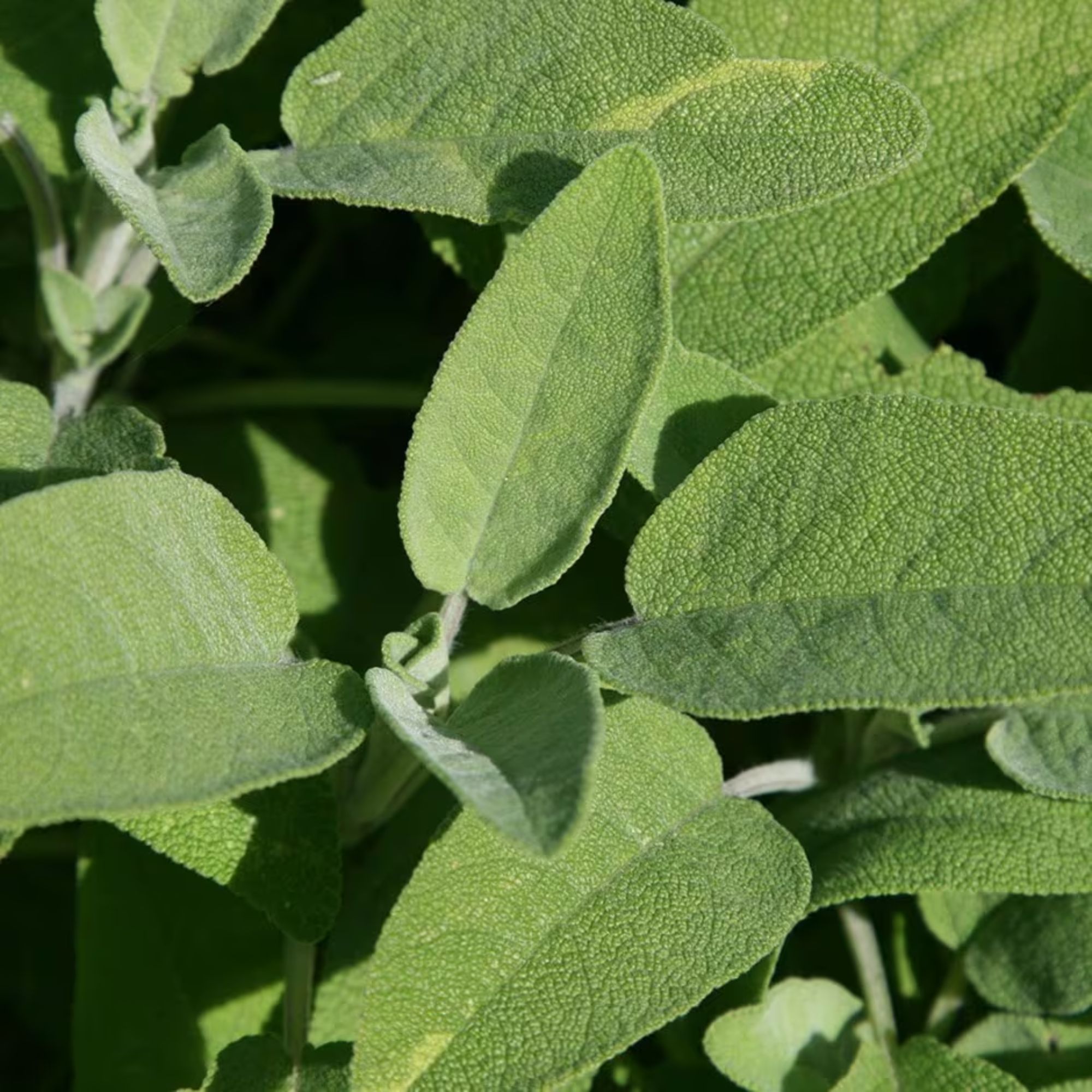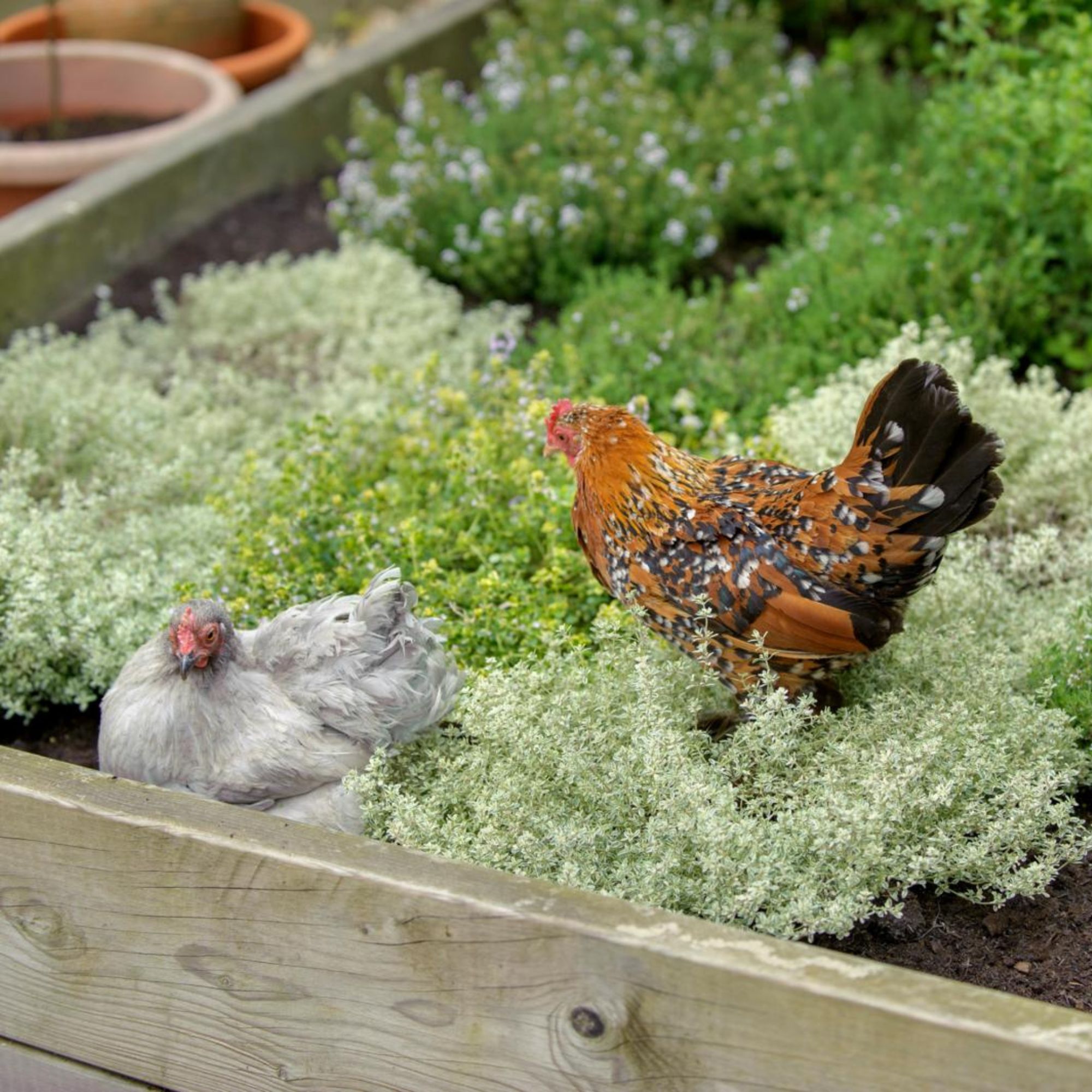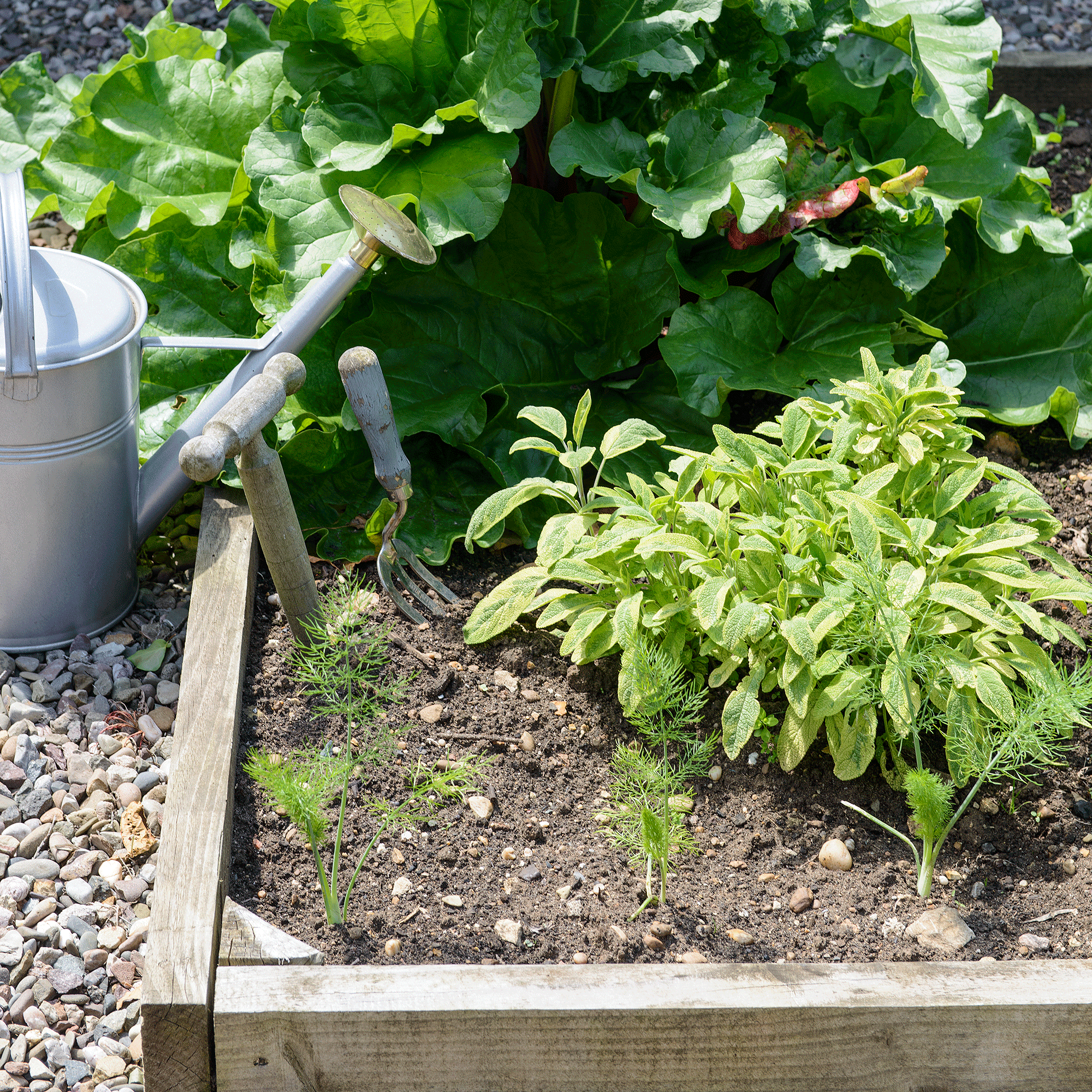How to grow sage for an aromatic evergreen addition to your herb garden
Essential for Halloween rituals and Christmas stuffing alike, this Mediterranean herb is fantastically versatile


Any wannabe herbalist will, at some point or another, contemplated learning how to grow sage. It is, after all, ideal for sage and onion stuffing, pasta sauces, sausages, and marinades, not to mention space clearing and purification rituals (hey, there's a little witch in all of us!).
Essentially, sage is one of those Christmas herb essentials that's worth mastering – whether that be growing it from seed or sage cuttings. You could even try growing it from a store-bought plant if you master the secrets to keeping supermarket herbs alive.
That being said, there are a few hard and fast rules to growing sage in a herb garden, whichever route you decide to take.
'Sage (Salvia officinalis) grows well in the UK climate and is a good choice of herb to grow for reliable harvesting,' says Morris Hankinson, director of Hopes Grove Nurseries.

Morris Hankinson is the founder and managing director of Hopes Grove Nurseries Ltd, the UK’s only specialist grower-retailer of hedging plants, which he established after graduating with a Commercial Horticulture Degree from Writtle College, Essex in 1992.
Explaining that it really is one of the easiest herbs to grow, Morris adds that sage 'can be used in cooking and is medicinal plus can be used for plenty of festive recipes'.
'It is also a low maintenance herb and drought tolerant, so minimal water is needed apart from after planting to help it establish.'
What you will need
If you want to learn how to grow sage, you're in luck; you won't need a long shopping list. You'll need sage, of course, either as packeted seeds, young plug plants, or more established pot plants.
Sign up to our newsletter for style inspiration, real homes, project and garden advice and shopping know-how
You will also need:
- Peat-free compost: try Levington PEAT FREE Seed Compost (with added John Innes) from Amazon.
- Pots or seed trays: we rate the Professional 84 Cell Plug Trays Twin Pack from Primrose
- A watering can: alternatively, opt for a plant mister like this one from Amazon

When it comes to choosing the sage itself, stick to common sage or mix things up with something like the oh-so-showy pineapple sage from Crocus.
Step-by-step
As mentioned already, learning how to grow sage isn't too tricky – especially as it can thrive in well-drained and organic soil, either indoors or outdoors.
1. Sow your seeds
If you want to sow seeds successfully, it's best to start your sage off in small pots or trays of seed compost. Cover them with a thin layer of perlite, cover them with a polythene bag, and pop them on a warm windowsill.
After three weeks or so, you'll find your seeds will have begun to germinate. Once this happens, it's time to pot up your sage and give them some time to grow; you ideally want them to be about 10cm tall before you harden them off and plant them outdoors (be sure to wait until all chance of frost has passed).
2. Prep the soil
Whether in garden borders or raised beds, sage tends to grow best in a sunny spot with well drained soil... which means it's important to prep before you plant.
'If your soil is heavy or clay based, it will be helpful to incorporate some sand, gravel or horticultural grit to improve drainage,' says Morris.
If you plan on growing sage in pots, the Royal Horticultural Society (RHS) says to 'choose one that is at least 30cm (12in) wide and fill it with a peat-free soil-based compost, mixing in lots of coarse grit or perlite (up to 25 percent by volume) to improve drainage'.

3. Get planting
It's important to water the soil well before and after planting your sage, to help settle the soil around the roots.
Morris says that you should also 'mulch around the surface as well with a well rotted organic material to suppress weeds and feed the soil'.
4. Harvest, harvest, harvest
When it comes to learning how to grow sage, you'll be pleased to know it requires very little in terms of maintenance – other than keeping the soil moist, mulching during the autumn, and harvesting those tasty leaves regularly to encourage new growth.
'Leaves can be harvested after a few months of planting by cutting back to a leaf node to encourage new growth, but also if you pinch a few leaves off that’s fine, too!' says Morris.

FAQs
What is the best season to grow sage?
If you're wondering what is the best season to grow sage, the answer depends on the type of sage you're planting.
'Potted sage can be planted at any time of the year as long as the ground isn’t waterlogged or frozen, although spring is the best time to plant it, after the last frost which will give it plenty of time to establish in warmer soil,' says Morris Hankinson of Hopes Grove Nurseries.
'Sage can easily be grown in containers as well, so it’s another perfect herb for a small garden.'
Is sage easy to grow?
Award-winning garden designer Zoe Claymore says sage isn't just delicious; it's easy to grow, too.
'Sage is a fantastic herb for a variety of dishes, and I've planted it alongside other Mediterranean herbs in my sunny border at home,' she says.

Zoe Claymore is a multi award-winning garden designer based in London. She focuses on creating outdoor places with emotional connection and ecological integrity for her private and commercial clients.
'Fast growing, cutting back/harvesting regularly is good for the plant,' she adds, noting that you should plant in full sun to part shade in well drained soil.
What kind of sage is best?
If you're wondering what kind of sage is best, most gardeners will suggest sticking to Common sage (Salvia officinalis), especially if you're after the standard culinary sage.
'For a more ornamental look I'm a particular fan of purple sage (salvia officinalis purpurascens) as this contrasts well with English lavenders, rosemary, thyme and stipa tenuissima,' says Zoe Claymore.
'Paired up like this it contrasts well throughout the growing year and provides a dash of winter colour.'
Now that you know how to grow sage, all that's left to do is decide how you're going to be using it. Time to start pinning recipes, we think...

Kayleigh Dray became Ideal Home’s Acting Content Editor in the spring of 2023, and is very excited to get to work. She joins the team after a decade-long career working as a journalist and editor across a number of leading lifestyle brands, both in-house and as a freelancer.